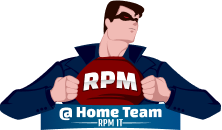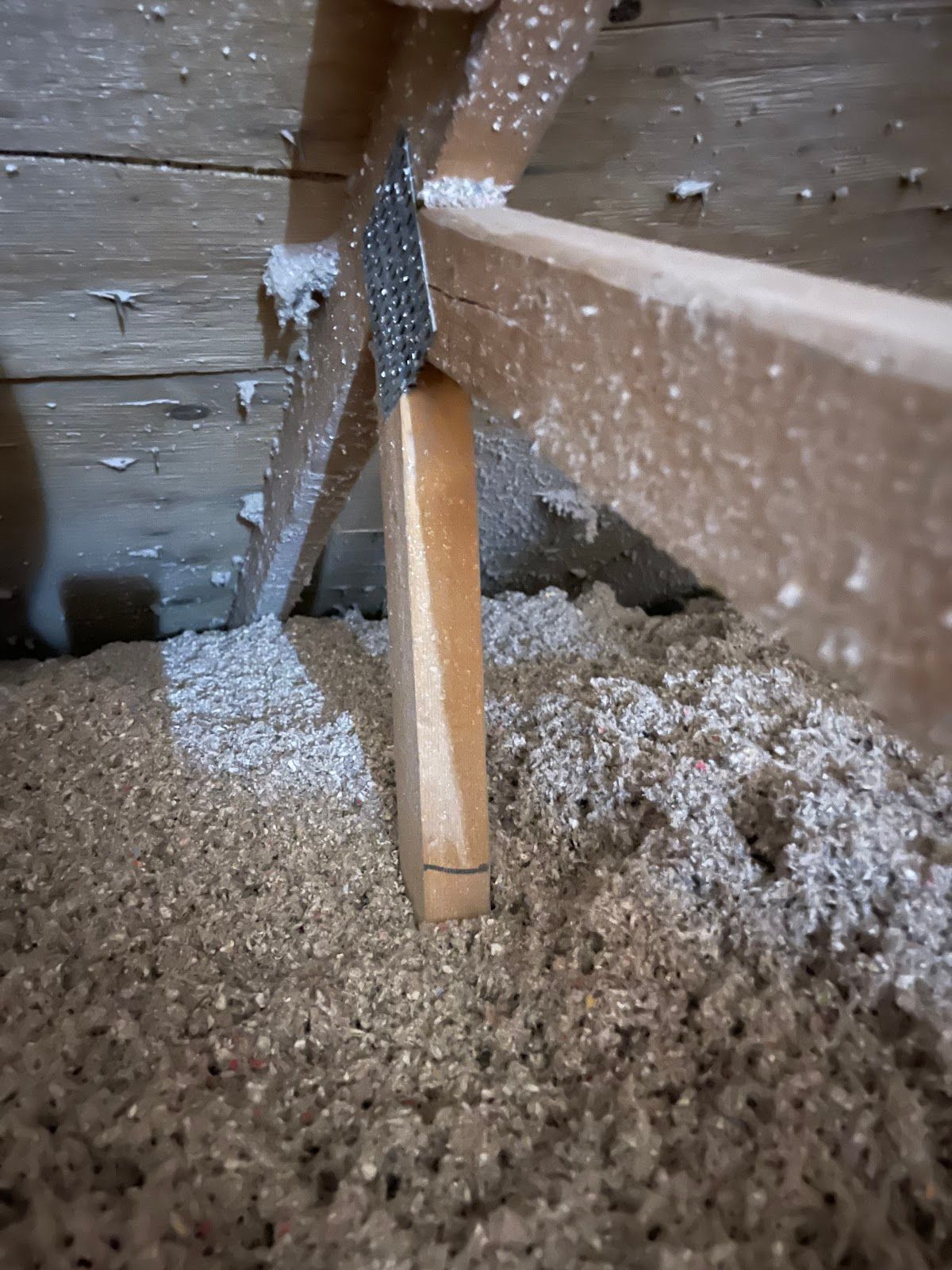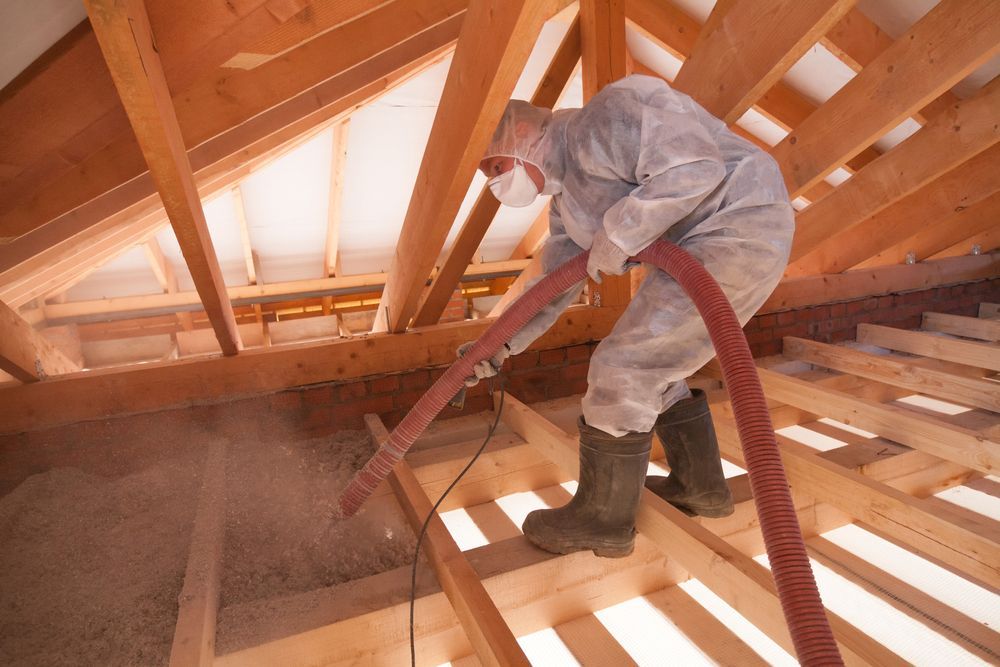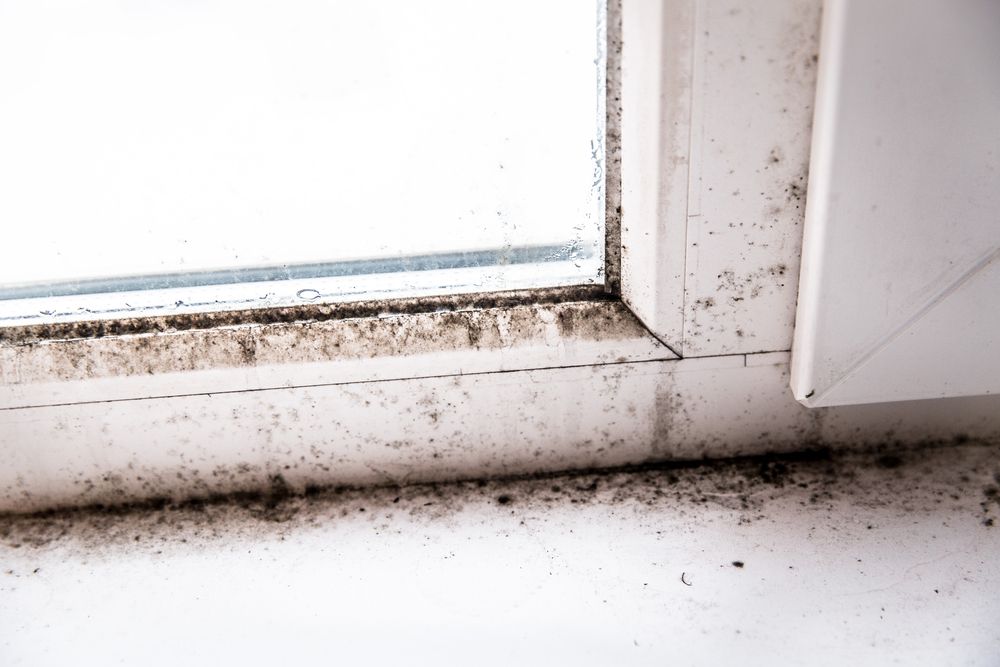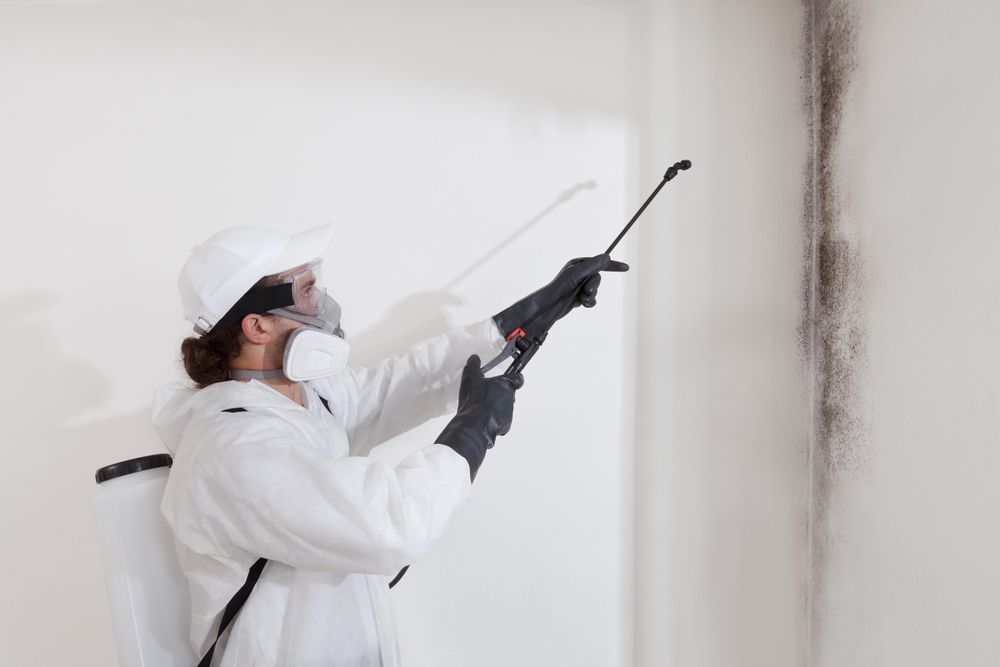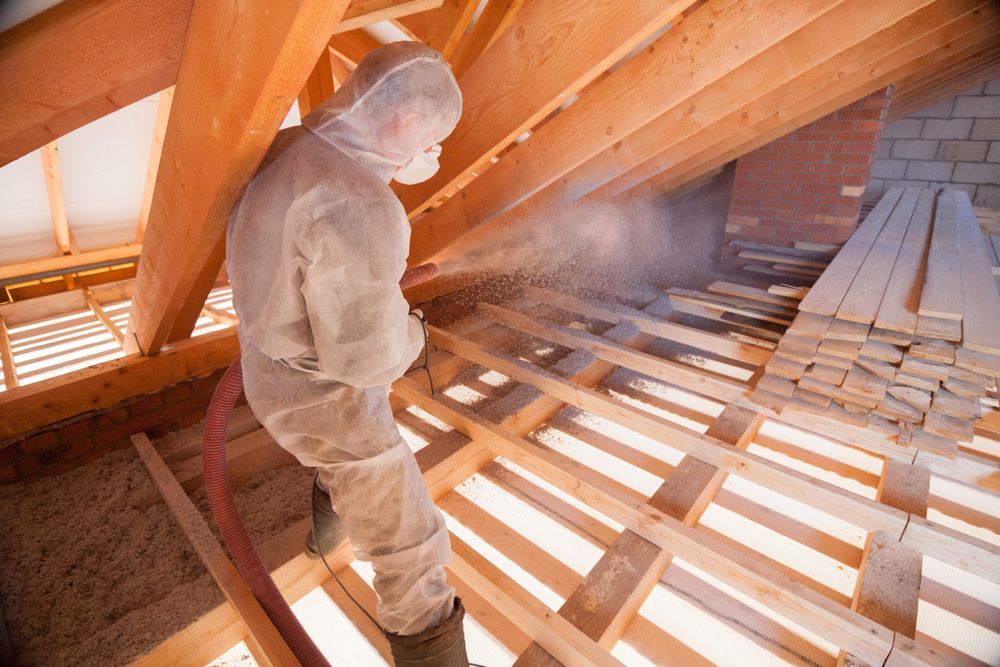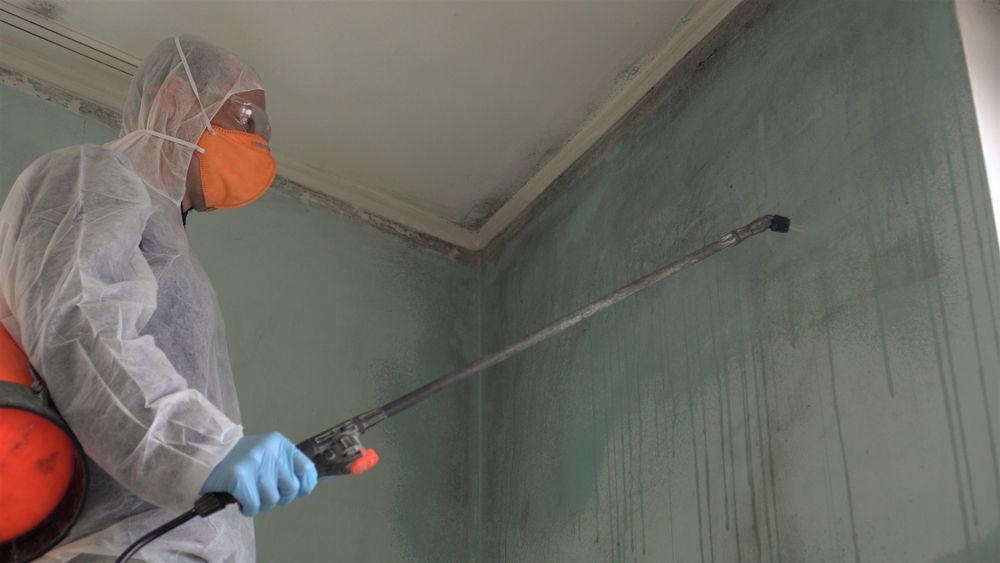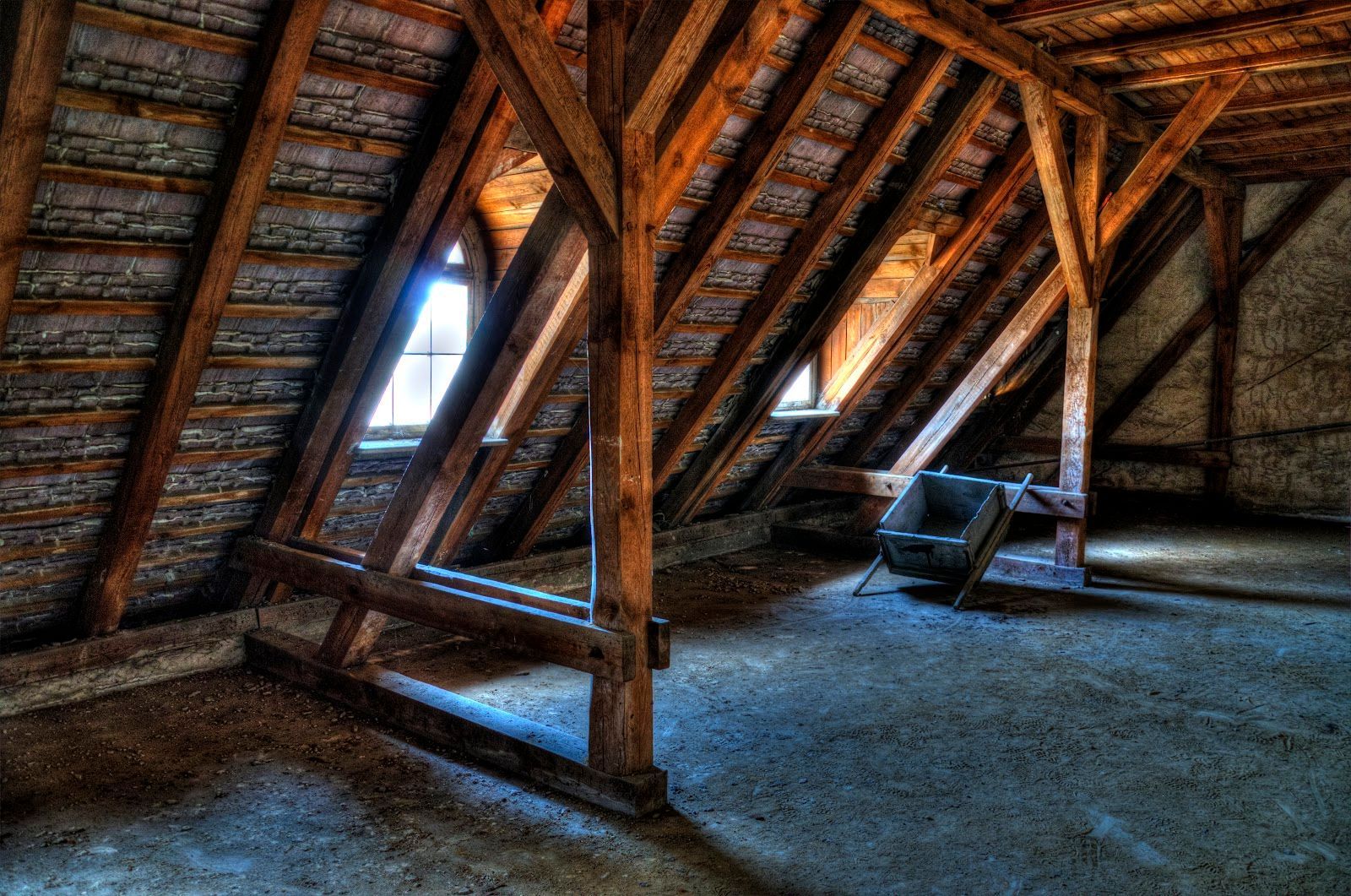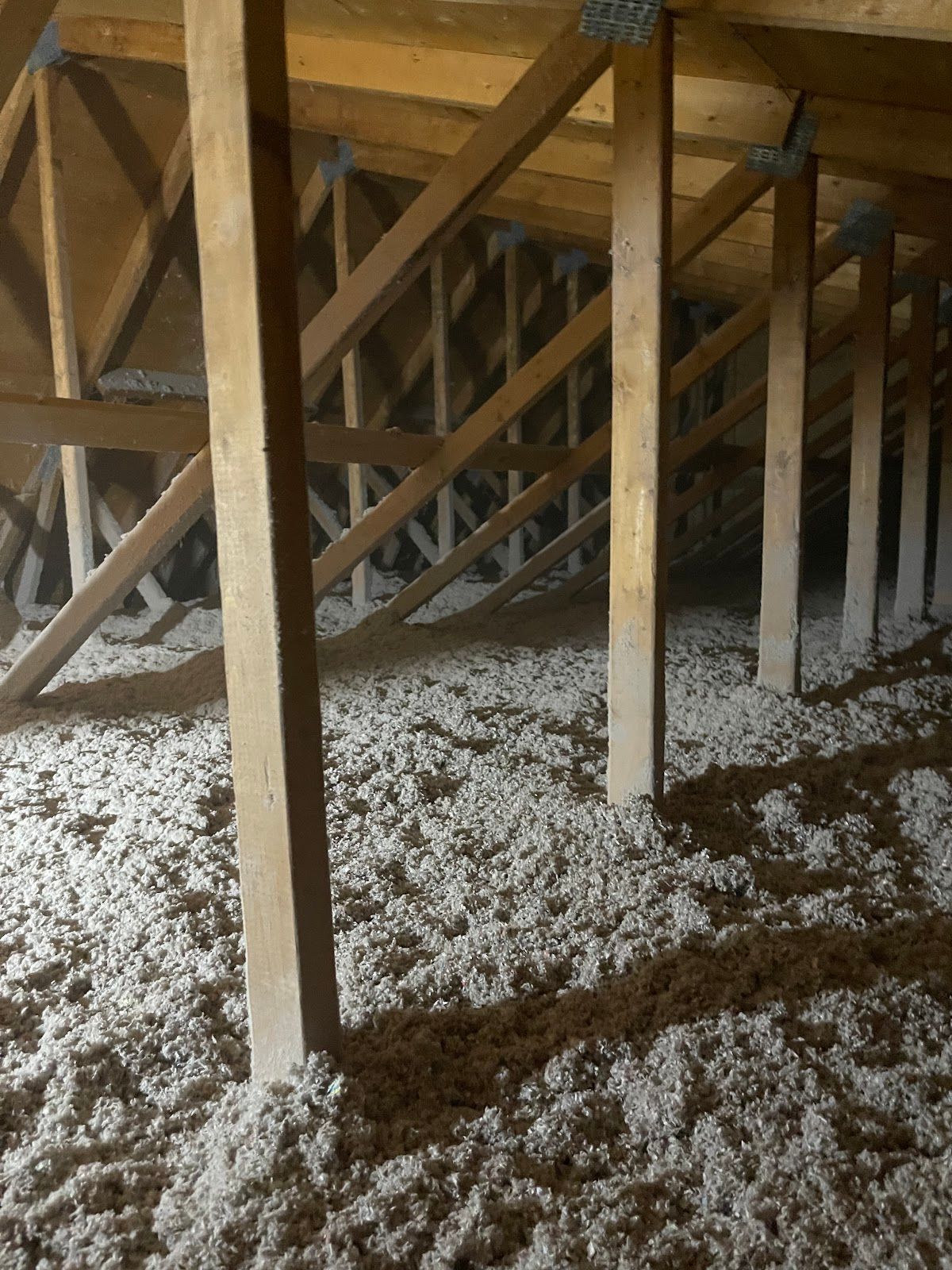Common Attic Mold Types Found in Canadian Homes
Attic mold is a common issue in Canadian homes, particularly given the diverse climate challenges faced in cities like Ottawa, Montreal, Calgary, Dartmouth, Cambridge, and London. As temperatures fluctuate and homes experience periods of high humidity, attic spaces become prime environments for various types of mold to grow. Understanding the specific mold types most frequently found in attics across Canada is essential for homeowners looking to maintain a healthy home and safeguard their property investment.
At RPM Home Services, we specialize in attic mold prevention, professional mold assessment, and expert remediation, drawing on decades of experience across multiple provinces. Here, we dive into the types of attic mold you’re most likely to encounter, why they thrive in Canadian environments, and how partnering with local professionals like RPM Home Services can help you keep your home safe and comfortable year-round.
Why is Attic Mold Common in Canadian Homes?
Canadian homes are uniquely susceptible to attic mold growth due to our varying weather conditions, heavy winter snowfall, and rapid seasonal transitions. Poor ventilation, insufficient attic insulation, and undetected roof leaks can create pockets of moisture—ideal breeding grounds for mold.
Homeowners should be particularly vigilant in late summer and after heavy rainfall or snowmelt. Left unchecked, attic mold not only damages property but also poses health hazards, especially for people sensitive to allergens.
Top Mold Types Found in Canadian Attics
There are numerous mold species, but a handful occur more commonly in Canadian attics:
1. Aspergillus
A widespread mold genus, Aspergillus thrives in damp, poorly ventilated spaces. It often appears as green, yellow, or black patches on attic wood, insulation, or drywall. Aspergillus exposure can trigger allergic reactions and respiratory irritation, making timely mold removal important.
2. Cladosporium
This mold appears as dark green, brown, or black spots and is commonly found on attic wooden structures and insulation. Cladosporium can survive in both warm and cold conditions, which makes it particularly common in Canadian households. While generally less toxic, it poses risks for people with asthma or allergies.
3. Stachybotrys Chartarum (“Black Mold”)
Known as toxic black mold, Stachybotrys chartarum is infamous for its potential health effects, notably in poorly ventilated, high-moisture environments like leaky attics. It’s slimy and dark greenish-black in appearance and should always be addressed by trained professionals due to its possible toxicity.
4. Penicillium
Easily recognizable for its blue or green color, Penicillium grows rapidly on water-damaged insulation and wood. Chronic exposure may cause respiratory issues or aggravate allergy symptoms.
5. Alternaria
Alternaria tends to colonize damp, dark environments and can present as woolly patches with dark green or brown hues. This mold is especially problematic for allergy-prone individuals and can affect indoor air quality if spores spread into the living areas.
Common Causes of Attic Mold Growth
Mold only requires moisture, organic material (like wood or paper), and suitable temperature to thrive. Canadian homes often see attic mold due to:
- Inadequate attic insulation leading to condensation
- Poor ventilation trapping humid air
- Leaky roofs and ice dams causing water infiltration
- Unsealed bathroom or kitchen exhaust vents releasing moisture into the attic
Signs You Have Attic Mold
RPM Home Services recommends regular attic inspections, especially after the winter thaw or summer rains. Watch for:
- Musty or earthy odors (a key sign of hidden growth)
- Discoloration or staining on rafters, sheathing, or insulation
- Peeling or bubbling paint
- Visible patches of green, black, or brown mold
Solutions: Professional Mold Remediation and Prevention
While minor mold patches might seem manageable for a DIY approach, professional mold assessment and remediation is strongly advised for most attic mold scenarios. RPM Home Services uses advanced technology and proven techniques to eradicate mold and prevent recurrence, guiding homeowners on effective ventilation and insulation upgrades to keep mold at bay.
- Comprehensive attic inspections across Ottawa, Calgary, Montreal, Dartmouth, Cambridge, and London
- High-quality, environmentally friendly blown-in insulation services
- Tailored mold prevention strategies and emergency remediation for urgent issues
Protect Your Canadian Home with RPM Home Services
Don’t let attic mold compromise your family’s health or your home’s structural integrity. Whether you’re in Ottawa, Montreal, Calgary, or another Canadian city, RPM Home Services is your trusted partner for effective mold assessment, prevention, and remediation.
Ready to schedule a professional attic inspection or mold remediation service? Contact RPM Home Services today for expert solutions and peace of mind—because your home deserves nothing less than the highest quality care. Visit rpmhomeservices.ca or call your local office to get started.
